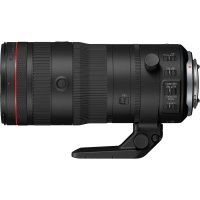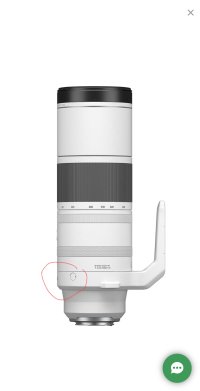More bulky in the bag, but you might find that even if it were removable, you wouldn't. If you are like me and many others, you will rotate the tripod mount so it faces upward and use it to carry the lens. You will not want to carry this lens by holding the camera. Too heavy for that. My opinion anyway.Is that massive tripod mount on the 200-800 really not removable? Definitely not a showstopper for me but I’d much prefer to have the option to take it off when not needed. Makes it much more bulky in a bag.
Upvote
0


